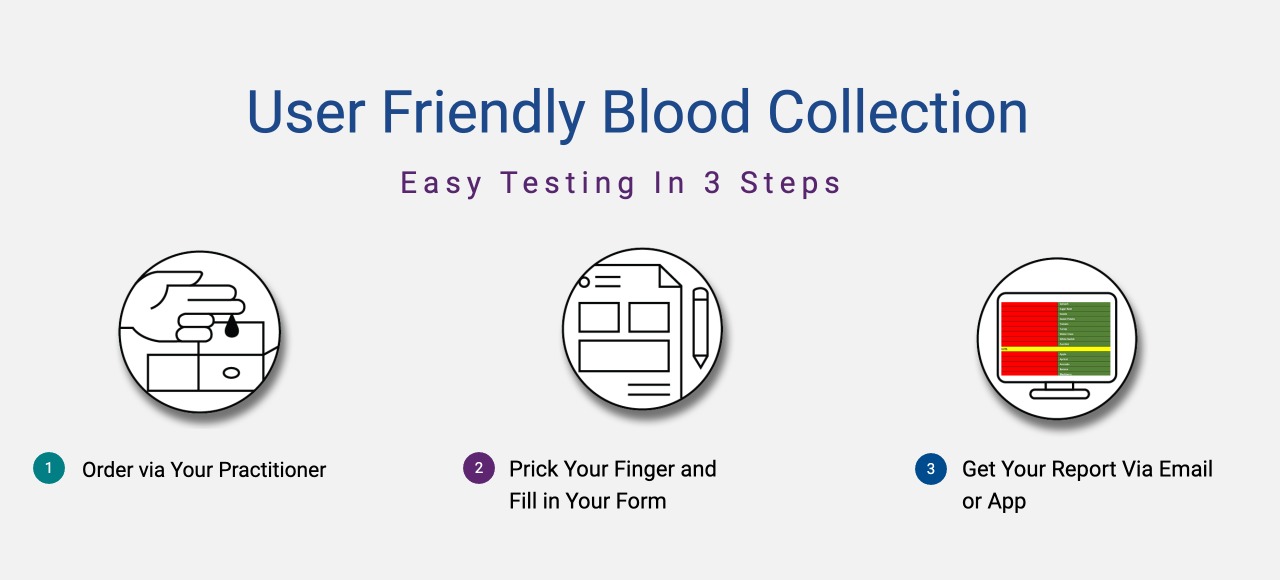The Differences Between An “Ige-Mediated Food Allergy” And An “Igg-Mediated Food Allergy”
Immune system reactions to certain foods are widespread. Some of these are caused by an IgE-Mediated Food Allergy, as most of them are caused by IgG-Mediated Food Allergy. Unfortunately, many people confuse these two reactions.
IgE-Mediated Food Allergy
In an IgE-Mediated Allergy, even small amounts of the offending food can trigger a range of symptoms, which can be severe or life-threatening. A food allergy is an immediate immune response to a particular food and affects major organs within the body. This illness is often rare, affecting about 2% of adults. When an allergic episode occurs, the body’s immune system wrongly believes it is being attacked. In response, the body produces IgE (Immunoglobulin E) antibodies to fight these substances. The body’s reaction can be a range of immediate responses, from symptoms in the skin (hives), stomach (vomiting), lungs (coughing, wheezing), and circulatory system (decreasing blood pressure) to a systemic reaction known as anaphylaxis that can be fatal.
IgG-Mediated Food Allergy (Delayed)
IgG-Mediated Food Allergies, also known as “Food Intolerance,” “Food Sensitivity,” or TYPE III allergy, Food Sensitivities, or Delayed Food Allergies, can lead to many discomforts but causes less severe symptoms. As opposed to an IgE-Mediated Food Allergy, an IgG-Mediated Food Allergy is generally more widespread, affecting more people, and usually takes place after a few hours or up to a couple of days. While the symptoms of “IgG-Mediated Food Allergy” can be troubling and cause discomfort, they are not life-threatening.







